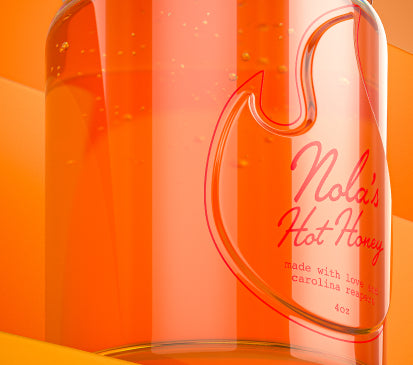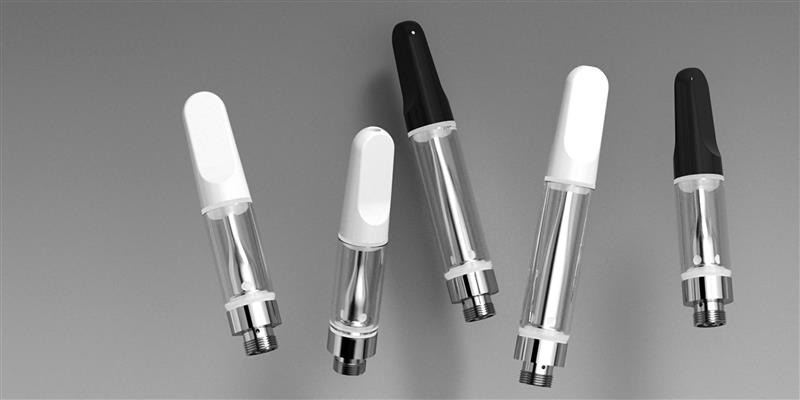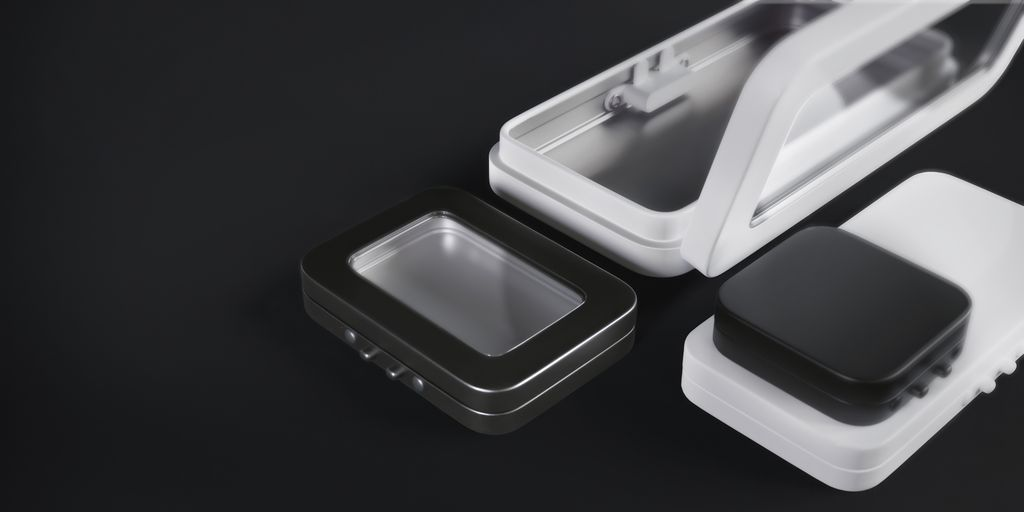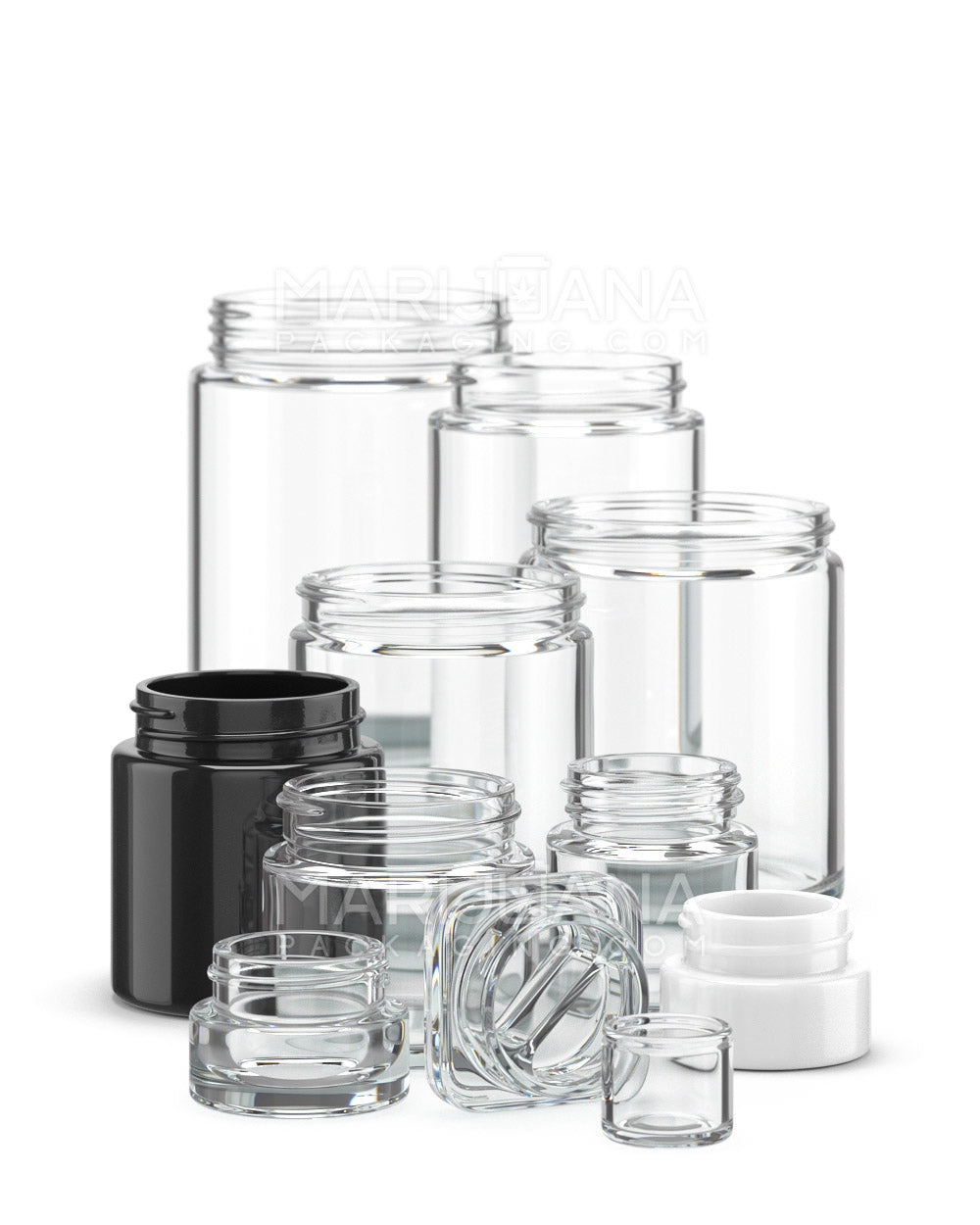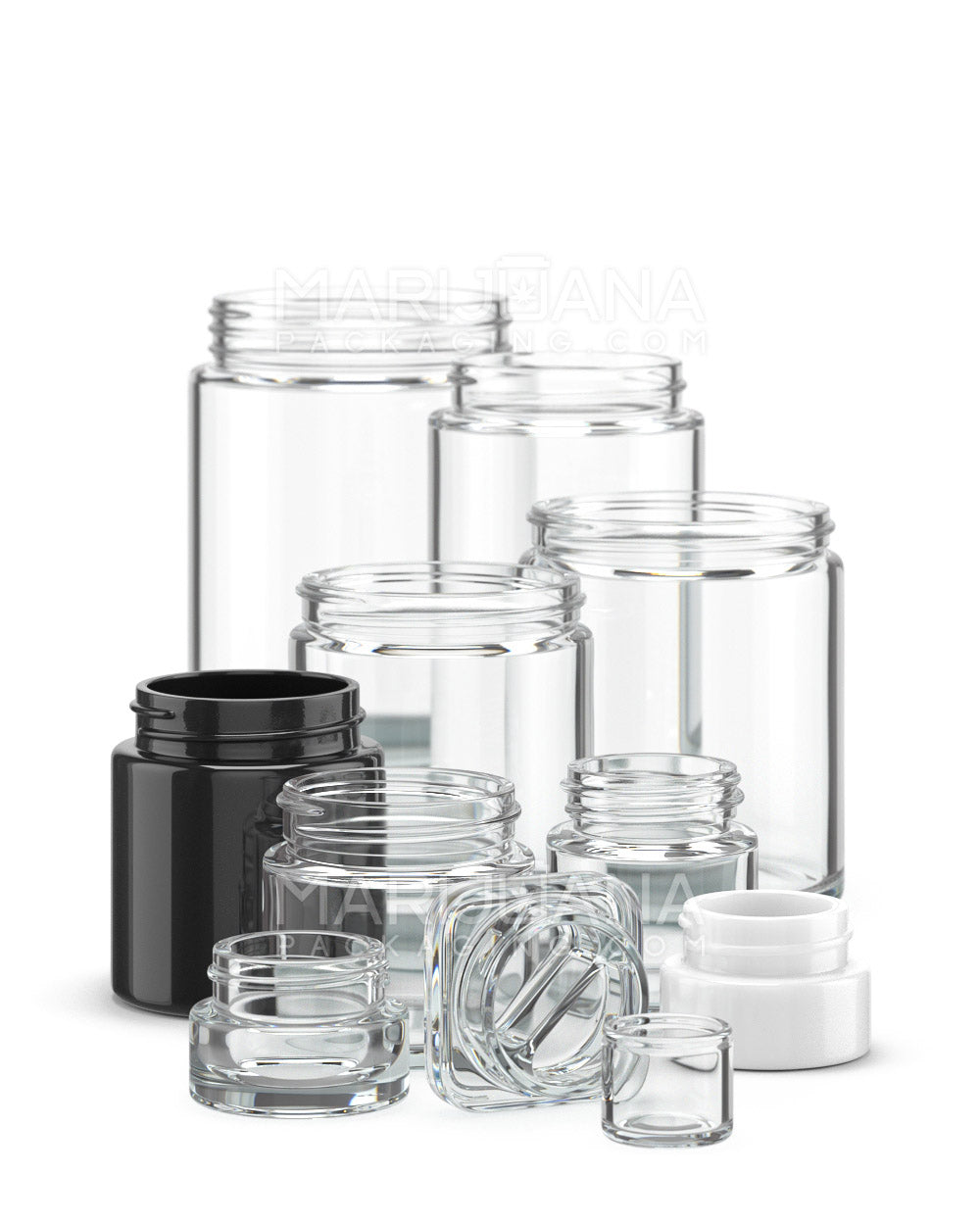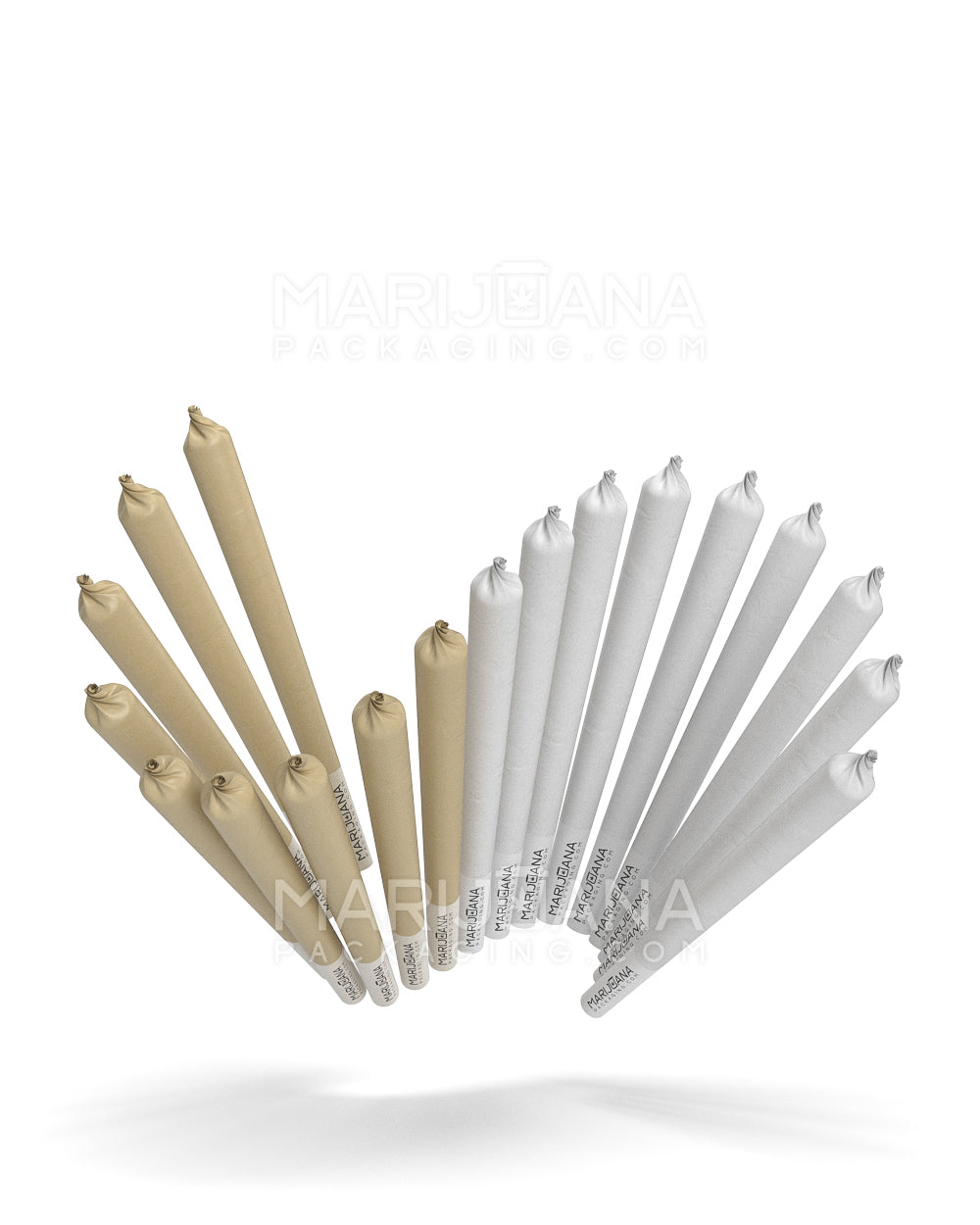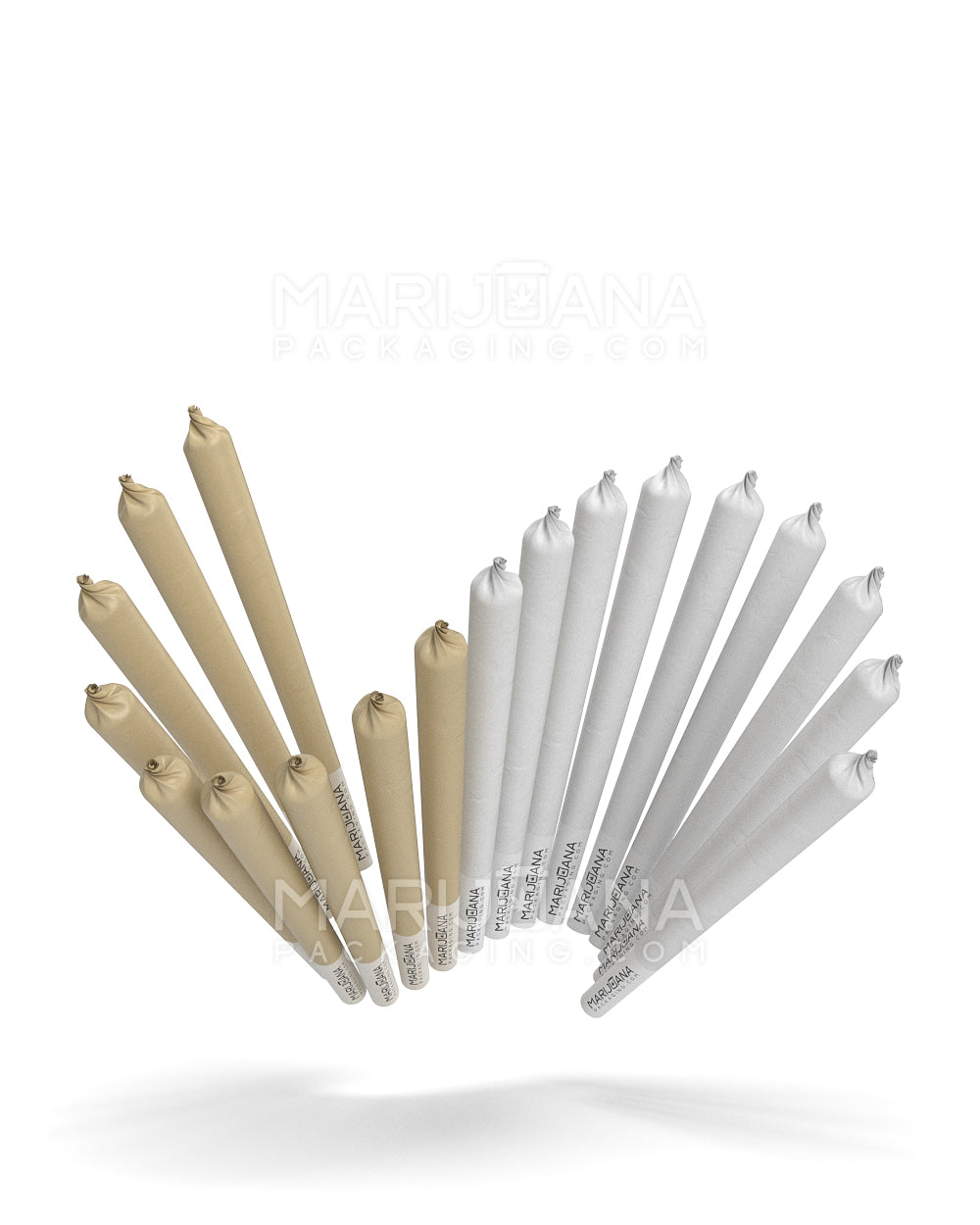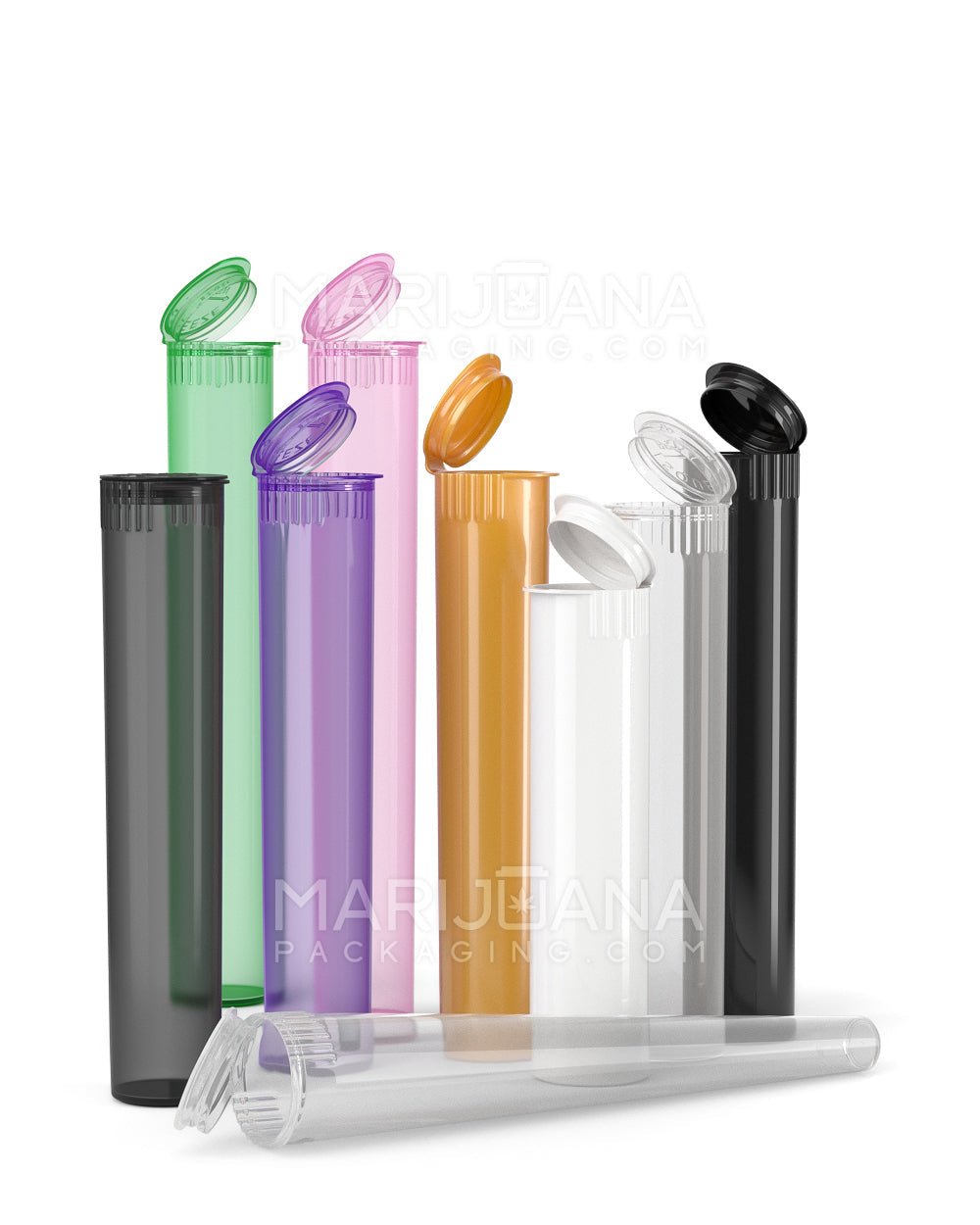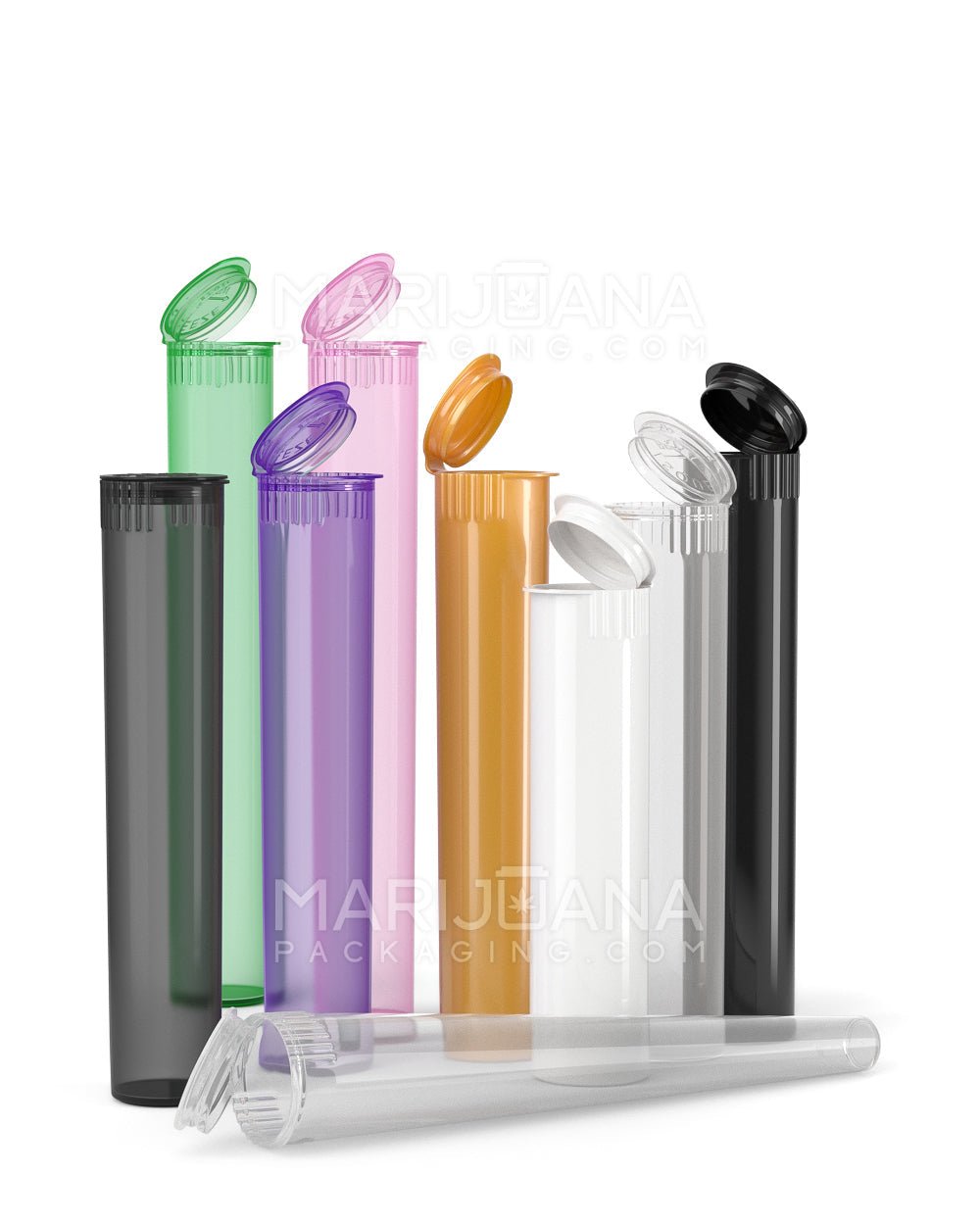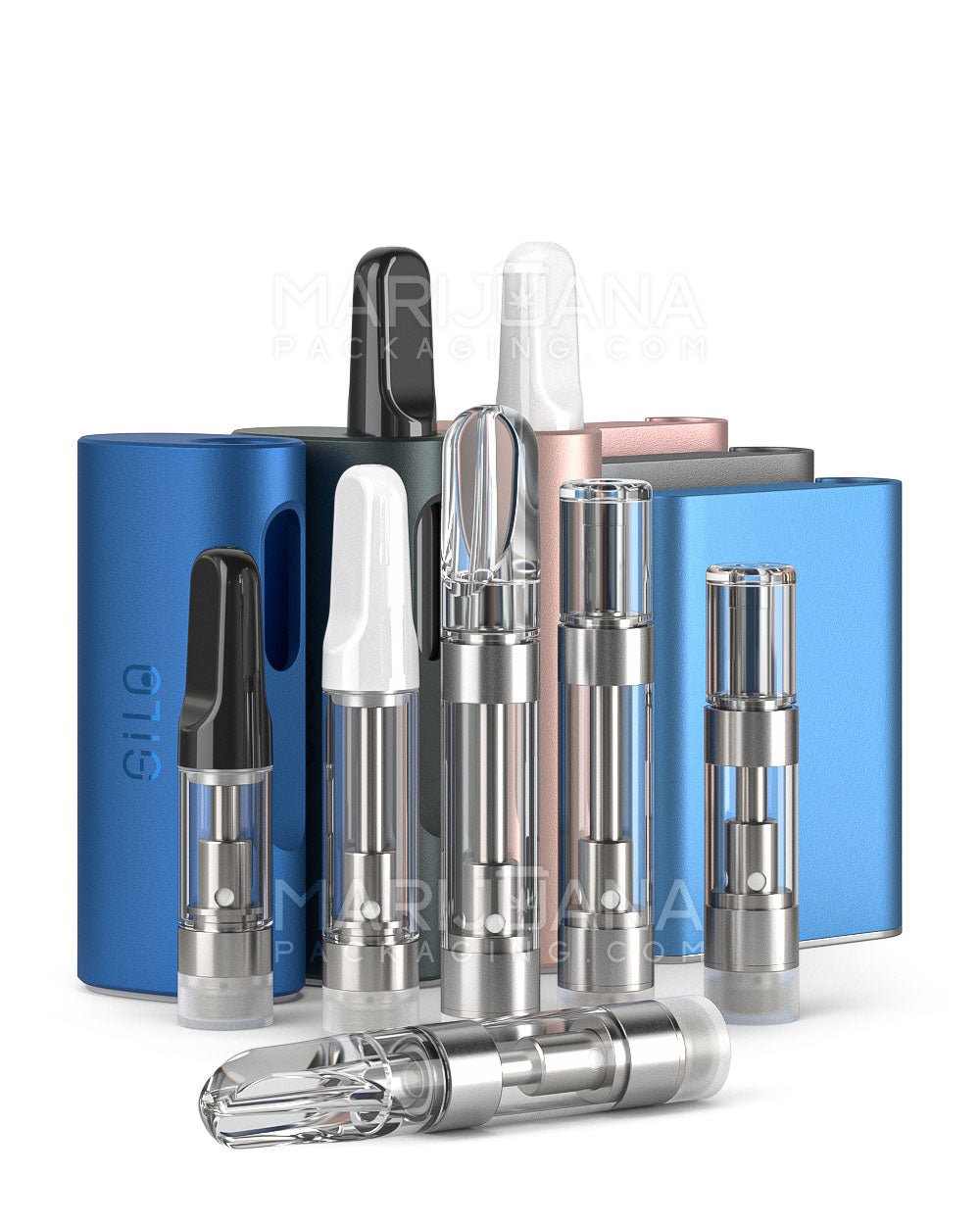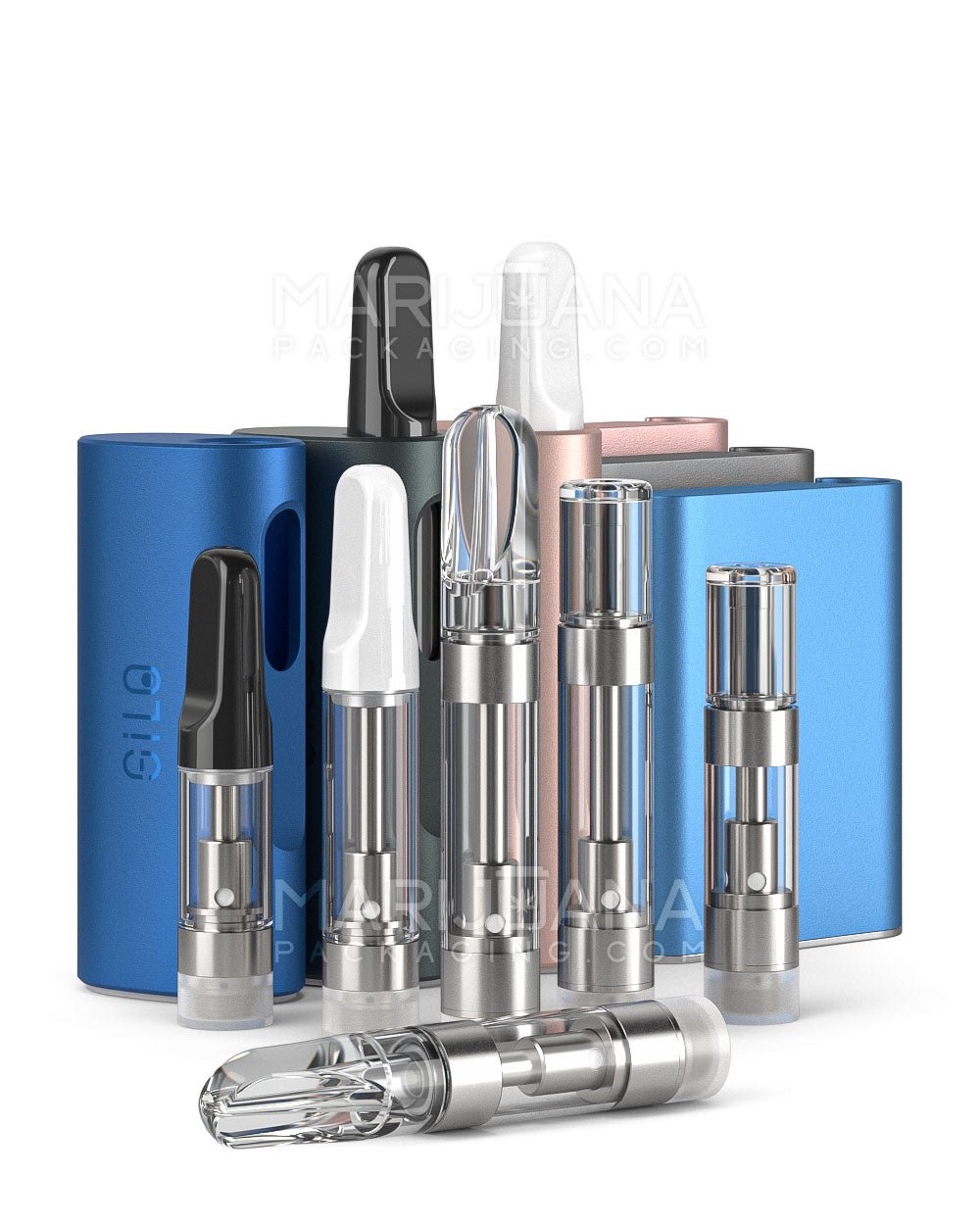Ever walked into a marijuana dispensary and wondered about the magic behind the scenes? These fascinating places are more than just shops—they're a blend of retail, education, and community. With the rise of legal cannabis across various states, understanding how dispensaries operate can be both enlightening and useful for anyone interested in the industry, whether you're a curious consumer or a budding entrepreneur.
This article takes you through what makes a dispensary tick, from the types of products they offer to the laws they follow. We'll explore how these establishments source their products, ensure quality, and cater to their customers. Whether you're new to marijuana or a seasoned enthusiast, there's something here for everyone. Let's begin this journey to uncover how marijuana dispensaries work.
What is a Marijuana Dispensary?
A marijuana dispensary is essentially a retail store that sells cannabis products legally. But there's more to it than just selling marijuana. Dispensaries serve as a bridge between cannabis growers and consumers, providing a safe and legal environment for purchasing cannabis products. They’re like your local grocery store but with a specialized focus on cannabis and related products.
There are two main types of dispensaries: medical and recreational. Medical dispensaries cater to patients who have a doctor’s recommendation to use cannabis for health reasons. Recreational dispensaries, on the other hand, are open to anyone over the age of 21, depending on state laws. Each type operates under different regulations and offers a unique shopping experience.
Inside a dispensary, you’ll find a variety of cannabis products, from dried flower (the traditional form) to edibles, tinctures, concentrates, and topicals. Budtenders, who are like the sommeliers of the cannabis world, guide customers through the selection process, offering advice based on preferences and needs.
The Role of Budtenders
Budtenders are the friendly faces you meet when you enter a dispensary. They are knowledgeable staff members who help customers navigate the wide array of cannabis products. This role requires a deep understanding of cannabis strains, product types, and the effects of different cannabinoids and terpenes.
Budtenders are crucial in providing a personalized shopping experience. They listen to customers' needs, whether it's seeking relief from anxiety or simply wanting to unwind with a recreational product. Their recommendations can make a significant difference in a customer's experience, helping them find the right product among the many options available.
Training for budtenders often involves learning about cannabis science, state regulations, and customer service skills. Many dispensaries provide ongoing education to ensure their staff stays updated on new products and industry trends. So, next time you visit a dispensary, don't hesitate to ask questions—budtenders are there to help you make informed decisions.
Types of Marijuana Products
Dispensaries offer a diverse selection of cannabis products, catering to different preferences and needs. Here's a closer look at what you might find:
- Flower: Also known as "bud," this is the most traditional form of cannabis. It can be smoked or vaporized and comes in various strains, each with unique effects.
- Edibles: These are food products infused with cannabis, such as gummies, chocolates, and baked goods. They offer a discreet way to consume cannabis, though their effects take longer to kick in compared to smoking.
- Concentrates: These are potent extracts of cannabis, including oils, waxes, and shatter. They contain high levels of THC or CBD and are used in vaporizers or for dabbing.
- Tinctures: These are liquid cannabis extracts that are taken sublingually (under the tongue) for fast absorption. They're a popular choice for those who want precise dosing.
- Topicals: These are cannabis-infused creams and lotions applied to the skin for localized relief of pain or inflammation. They don’t produce psychoactive effects, making them ideal for therapeutic use.
Each product type offers a unique experience, and dispensaries often carry a wide range of options within each category to cater to different tastes and preferences.
Understanding Cannabis Strains
Cannabis strains are like wine varietals, each with distinct flavors, aromas, and effects. They are generally categorized into three main types: Indica, Sativa, and Hybrid.
- Indica: Known for its relaxing effects, Indica strains are often recommended for nighttime use. They’re great for unwinding and relieving stress or pain.
- Sativa: These strains are typically uplifting and energizing, making them a popular choice for daytime use. They can enhance creativity and focus.
- Hybrid: As the name suggests, hybrids are a mix of Indica and Sativa, offering a balance of effects. They can be tailored to specific needs depending on their genetic makeup.
Each strain also contains different levels of cannabinoids like THC and CBD, as well as terpenes, which contribute to its aroma and effects. Dispensaries often provide detailed information about their strains, helping customers choose based on their desired effects.
How Dispensaries Source Their Products
Dispensaries partner with licensed growers and manufacturers to source their cannabis products. This involves a meticulous process to ensure quality and compliance with state regulations.
Many dispensaries work with local growers, supporting the community and ensuring product freshness. These partnerships often involve site visits and quality checks to maintain standards. Some dispensaries even operate their own cultivation facilities, giving them complete control over the growing process.
Once the cannabis is harvested, it undergoes testing for potency and contaminants. This is a crucial step to ensure the safety and quality of the products sold. Dispensaries then select products based on customer demand and market trends, ensuring a diverse selection on their shelves.
Compliance and Regulations
Operating a dispensary involves navigating a maze of regulations. These rules vary by state and include everything from licensing requirements to packaging and labeling standards.
Dispensaries must obtain the appropriate licenses to operate legally. This process often involves background checks and a thorough review of business plans. Once licensed, dispensaries must adhere to strict inventory tracking systems to prevent diversion to the black market.
Packaging and labeling regulations ensure that products are clearly marked with information about their potency and ingredients. This is important for consumer safety and helps customers make informed choices. Dispensaries also have to comply with local zoning laws, which dictate where they can be located.
The Shopping Experience
Visiting a dispensary is an experience in itself. From the moment you walk in, you're greeted by a welcoming atmosphere that often feels more like a boutique than a typical retail store. The layout is designed to be inviting, with products displayed in a way that encourages exploration.
Upon entering, you'll likely need to show identification to prove you're of legal age. Once inside, you can browse the products at your leisure or seek assistance from a budtender. Many dispensaries provide educational materials to help you understand the different products and their effects.
The checkout process is straightforward, with most dispensaries accepting cash and some offering debit card options. Due to federal restrictions, credit card payments are generally not accepted. After your purchase, you're free to ask budtenders any follow-up questions or seek advice for future visits.
Challenges Dispensaries Face
Running a dispensary isn't without its challenges. One of the biggest hurdles is dealing with the constantly changing regulations. Dispensaries need to stay updated on local and state laws to ensure compliance, which can be a full-time job in itself.
Another challenge is banking. Due to federal restrictions, many banks are hesitant to work with cannabis businesses. This forces dispensaries to operate on a cash basis, which can pose security risks and logistical issues.
Additionally, dispensaries must navigate the stigma that still surrounds cannabis. Despite legalization, some communities remain resistant to the presence of dispensaries, which can affect their ability to operate and expand.
Marketing and Community Engagement
Effective marketing is vital for dispensaries to attract and retain customers. However, advertising cannabis products comes with its own set of rules. Many states have strict regulations on how and where dispensaries can advertise, often limiting them to traditional methods like print and direct mail.
Social media is another tool dispensaries use to reach potential customers, although platforms like Facebook and Instagram have policies that restrict cannabis-related content. This means dispensaries need to be creative in their marketing strategies, often focusing on educational content and building a strong brand presence.
Community engagement is also important. Many dispensaries host events or sponsor local initiatives to build relationships with their communities. This not only helps in gaining local support but also fosters a positive image of the cannabis industry.
Final Thoughts
Marijuana dispensaries are a fascinating blend of retail, education, and community engagement. They offer a wide range of products, all while navigating complex regulations and societal perceptions. Whether you're a consumer looking to explore cannabis or someone interested in the business side of things, understanding how dispensaries work can provide valuable insights into this evolving industry.
If you're considering venturing into the cannabis market, having the right packaging is crucial to standing out. That's where Gamut comes in. With over a decade of expertise, Gamut provides a full range of packaging solutions, from design to delivery. Whether you need stock options or custom designs, Gamut can meet your needs, helping your brand become unforgettable in a competitive market.
